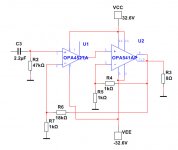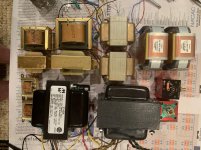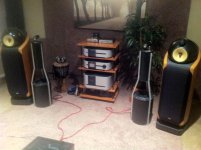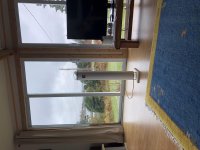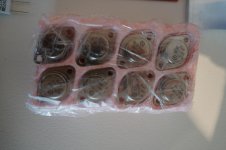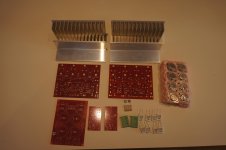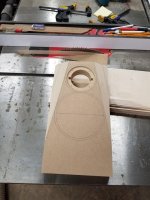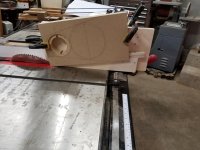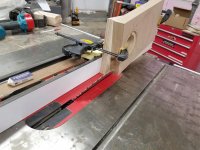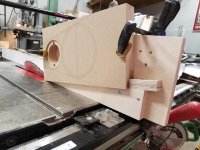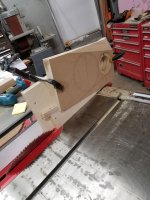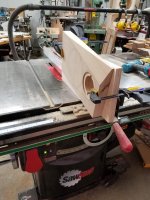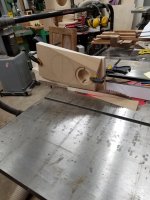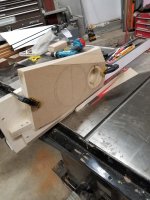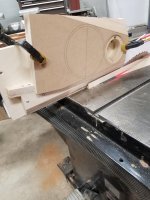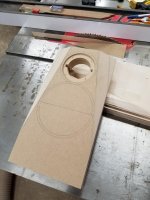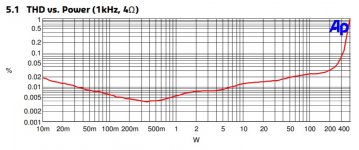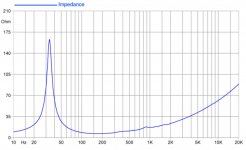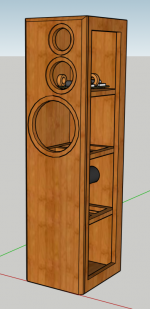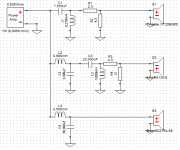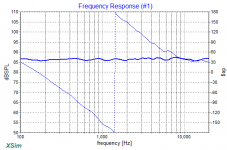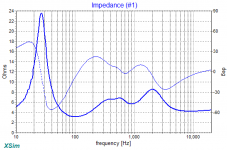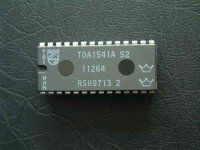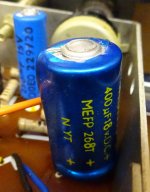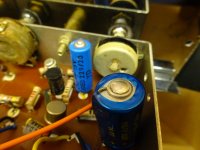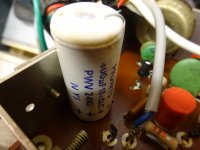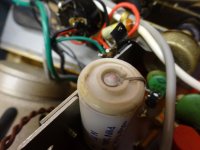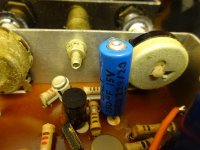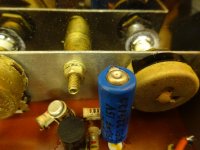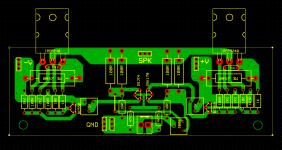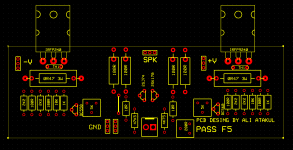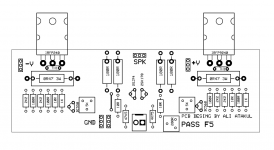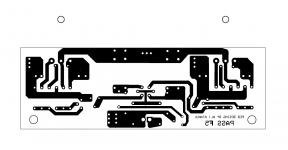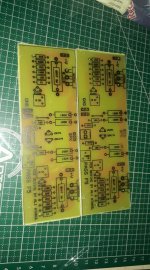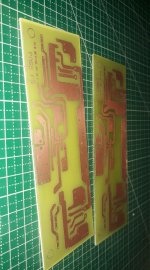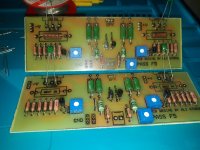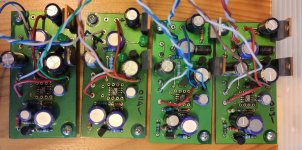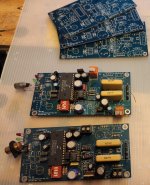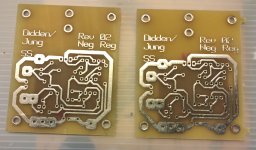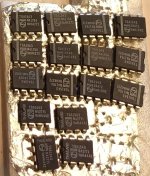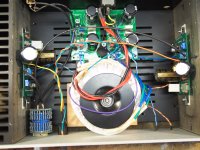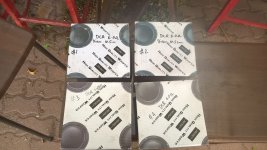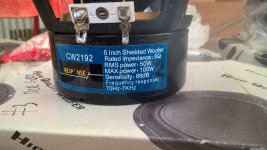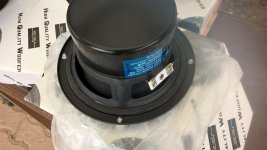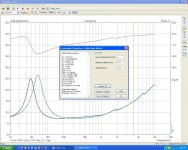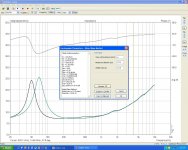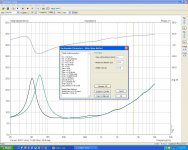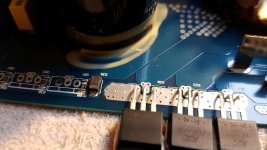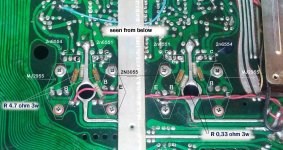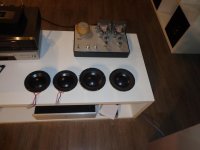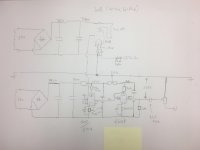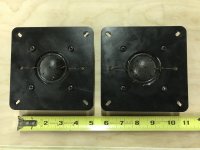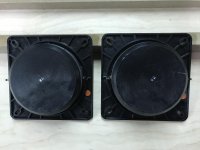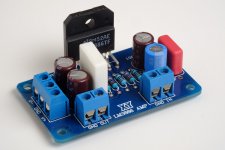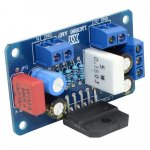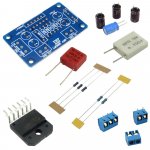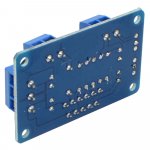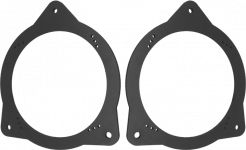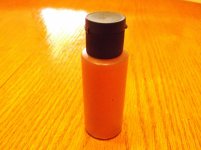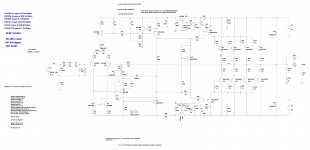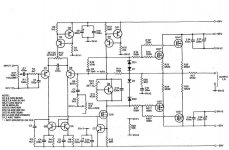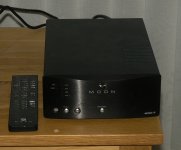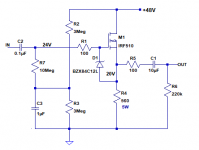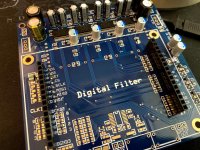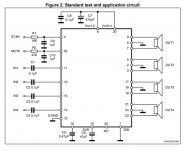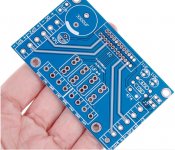Cathode and other types of feedback
- By isaacc7
- Tubes / Valves
- 24 Replies
I was rereading Morgan Jones' book (hoping that some more would sink in) and I came across a section on feedback. Just want to make sure I've got the basic ideas right...
Cathode feedback is best used from dedicated taps built into the transformer. These are different from an "Ultralinear" connection in that you can use whatever voltage you want instead of applying the entire B+, right?
If you don't have the dedicated taps on the transformer, you can achieve a type of cathode feedback from one of the secondary taps. Do you have to have an unused tap (i.e. an extra 8 ohm tap when you have the speakers hooked to the 4 ohm) or can you source feedback from the same tap you have hooked to the speakers?
Jones mentioned in passing what he thought should be the optimal configuration, feedback from the speaker terminals. This makes the most sense to me too but I must be missing something since I have never heard of anyone actually using this technique. What would be involved in using feedback from the speakers around the output stage of an amp? I suppose taking feedback from the speakers and applying it to the input would be the very definition of a global feedback chain🙂 I tend to shy away from global feedback because of stability issues, I assume that it would be even more tricky if the feedback was sourced from the very end of the chain, am I right?
Thanks for any info you can send my way, still scratching my head over how some of these things work, I'm hoping to start on my first amp before too long...
Isaac
Cathode feedback is best used from dedicated taps built into the transformer. These are different from an "Ultralinear" connection in that you can use whatever voltage you want instead of applying the entire B+, right?
If you don't have the dedicated taps on the transformer, you can achieve a type of cathode feedback from one of the secondary taps. Do you have to have an unused tap (i.e. an extra 8 ohm tap when you have the speakers hooked to the 4 ohm) or can you source feedback from the same tap you have hooked to the speakers?
Jones mentioned in passing what he thought should be the optimal configuration, feedback from the speaker terminals. This makes the most sense to me too but I must be missing something since I have never heard of anyone actually using this technique. What would be involved in using feedback from the speakers around the output stage of an amp? I suppose taking feedback from the speakers and applying it to the input would be the very definition of a global feedback chain🙂 I tend to shy away from global feedback because of stability issues, I assume that it would be even more tricky if the feedback was sourced from the very end of the chain, am I right?
Thanks for any info you can send my way, still scratching my head over how some of these things work, I'm hoping to start on my first amp before too long...
Isaac
